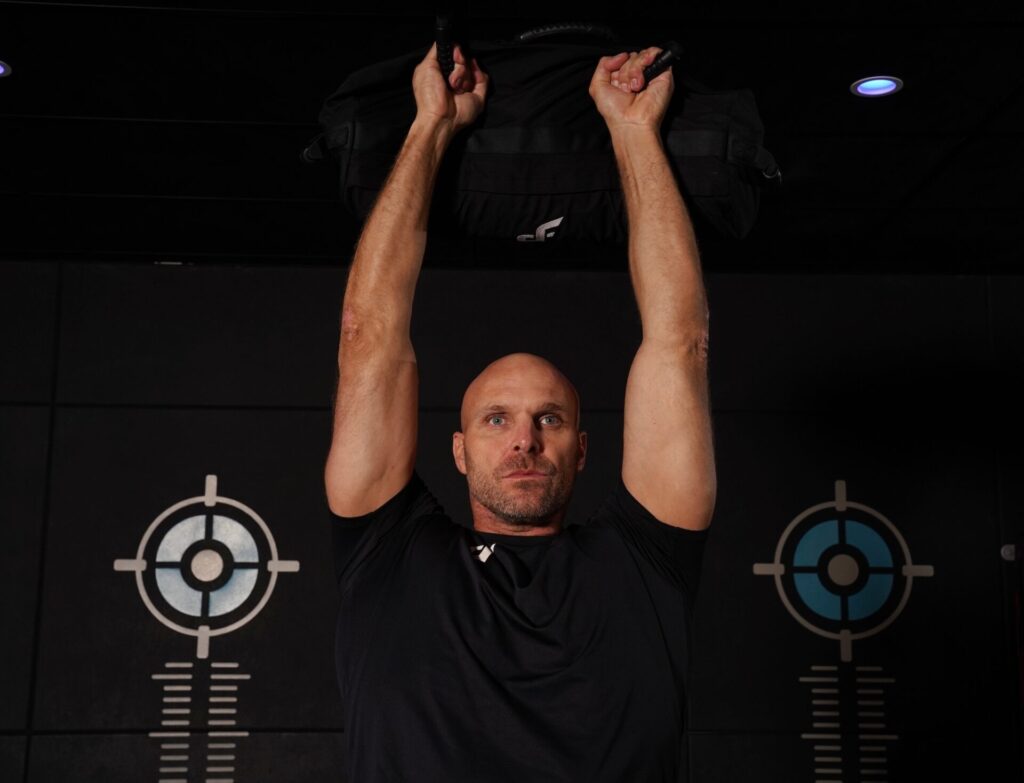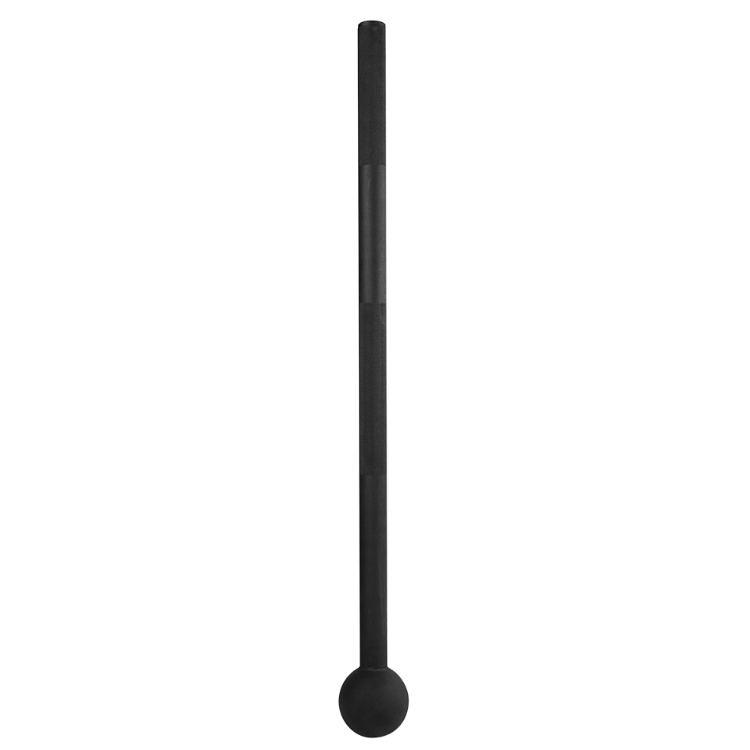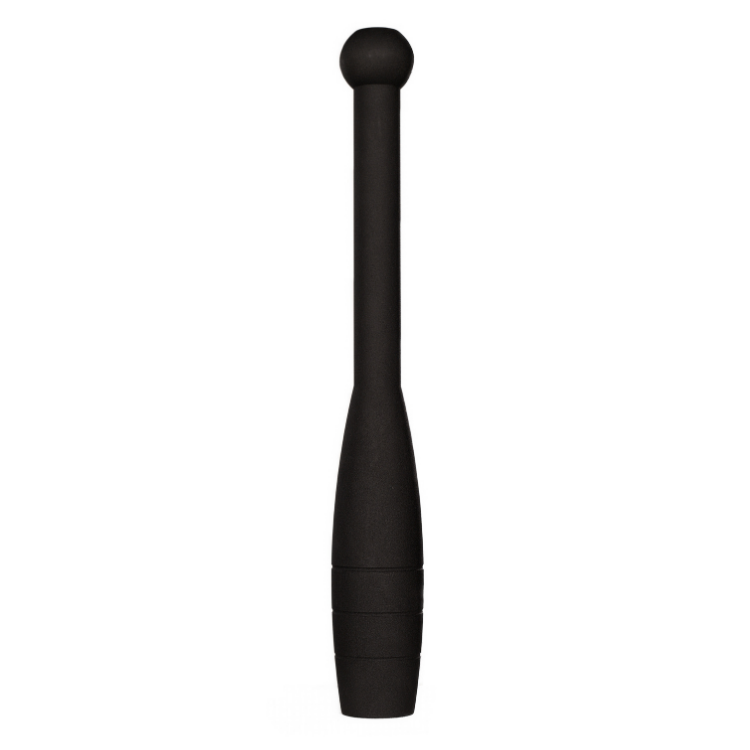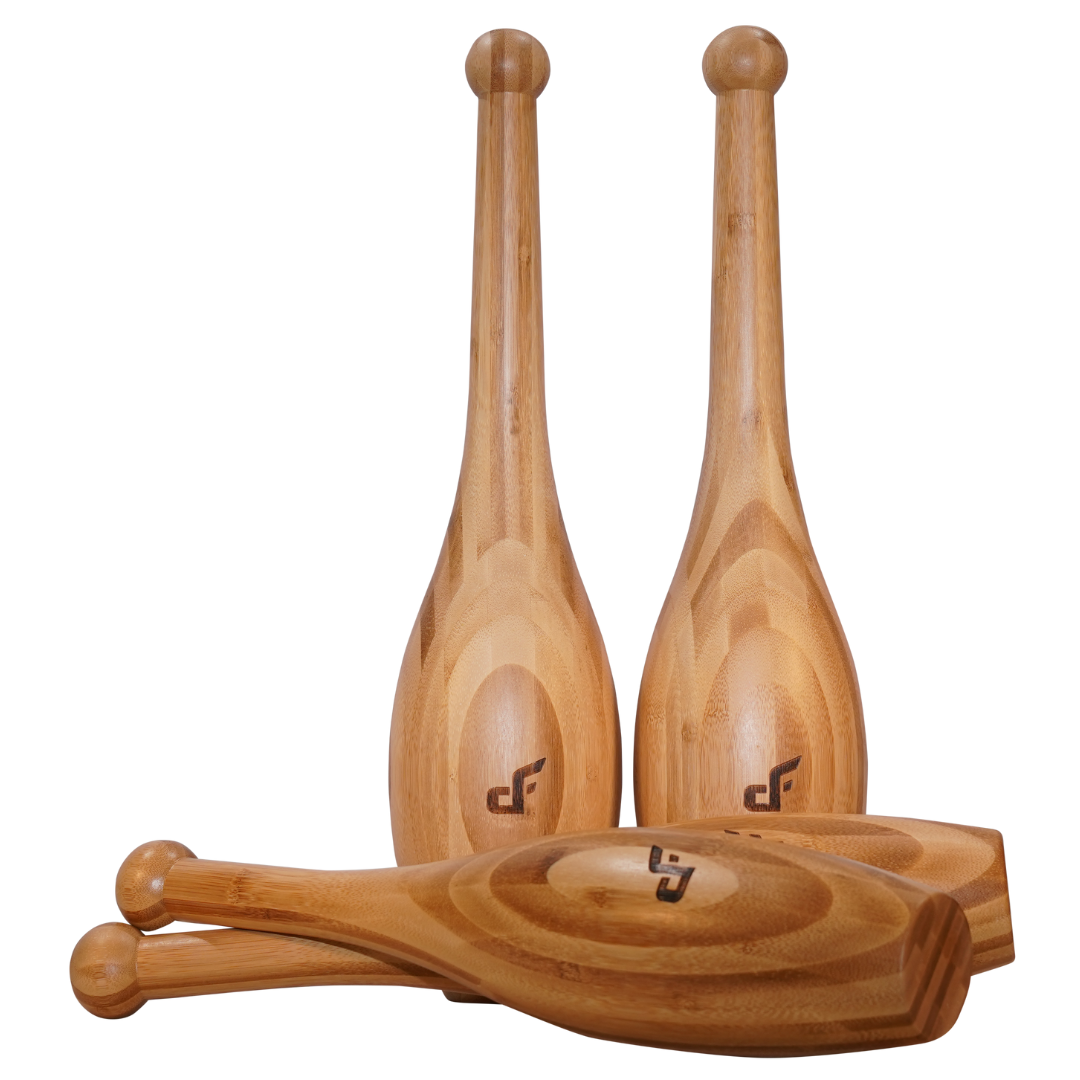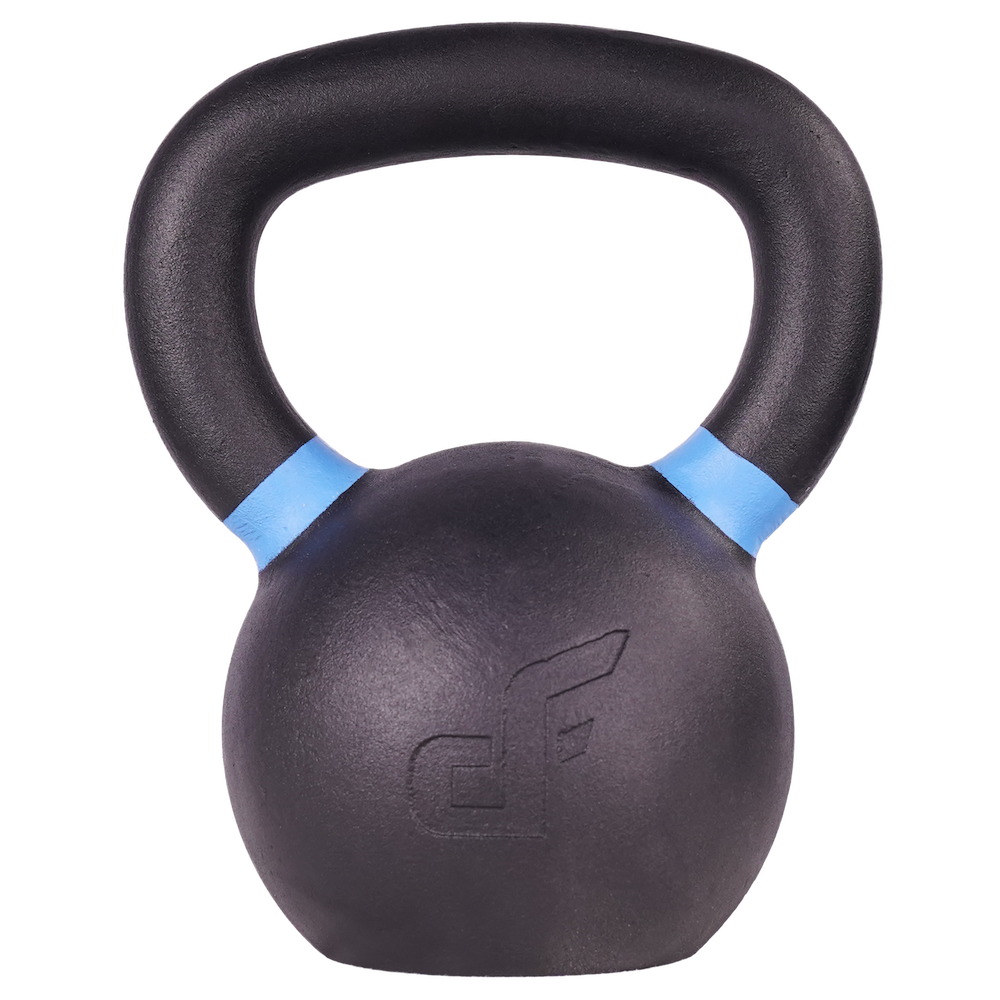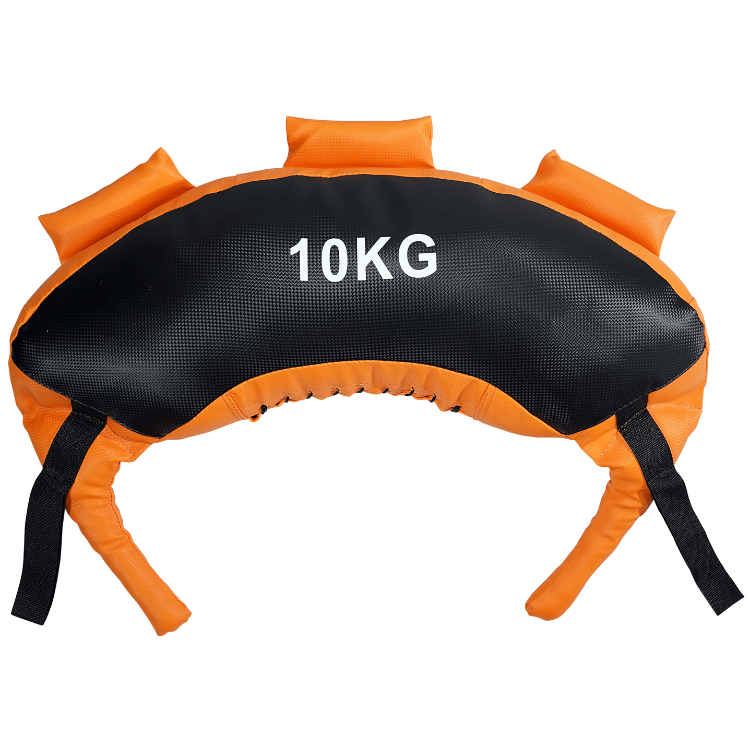Sandbag Training Holding Positions
- Shoulder
- Zercher
- Rack
- Back
- Bear hug
- Headlock
- Overhead
- Hang

One of the advantages of training with a sandbag is that you can challenge the body in different ways by holding the bag in different positions, without, changing exercises or changing the load inside the bag.
For example, when performing a squat, the bag can be held on the body in multiple ways, and all will have a different training outcome.
The bear hug squat places the bag on the front of the body and acts as a counterbalance which is an excellent corrective exercise for keeping the lifter in an upright position in the sagittal plane.
Whereas the shoulder squat places the load asymmetrically on the body which will challenge the core to maintain its postural alignment in the frontal plane.
Rarely do people consider programming the placement of the load, but how you hold the load can completely change how you train.
Once you consider how the load is placed on the body and how this changes the training outcome, you have far more options to choose from when designing training programs for your clients and athletes.
SHOULDER
Place the sandbag on one shoulder keeping your head straight and spine neutral. Because the sandbag is unilaterally loaded this position will really engage the core to keep the spine in a vertical position.

ZERCHER
Place the sandbag in the cradle of your arms keeping your head straight and spine neutral. With the load placed on the front of the body a heavy sandbag will pull you forward and really challenge the core to maintain an upright position. Keep your shoulders packed down, core braced and shoulder blades squeezed together. This holding position will also target the arms.

RACK
Grip the sandbag by the handles, holding the bag on your chest whilst keeping your head straight and spine neutral. Roll the elbows under the bag so that your elbows are pointing forward and down. Again, with the bag on the front of your body the load will pull you forward. Keep your shoulders packed down, core tight and your shoulder blades squeezed together. This hold is the half way point between the floor and overhead and a position used for many transitional exercises i.e: squat to press, clean & press etc.

BACK
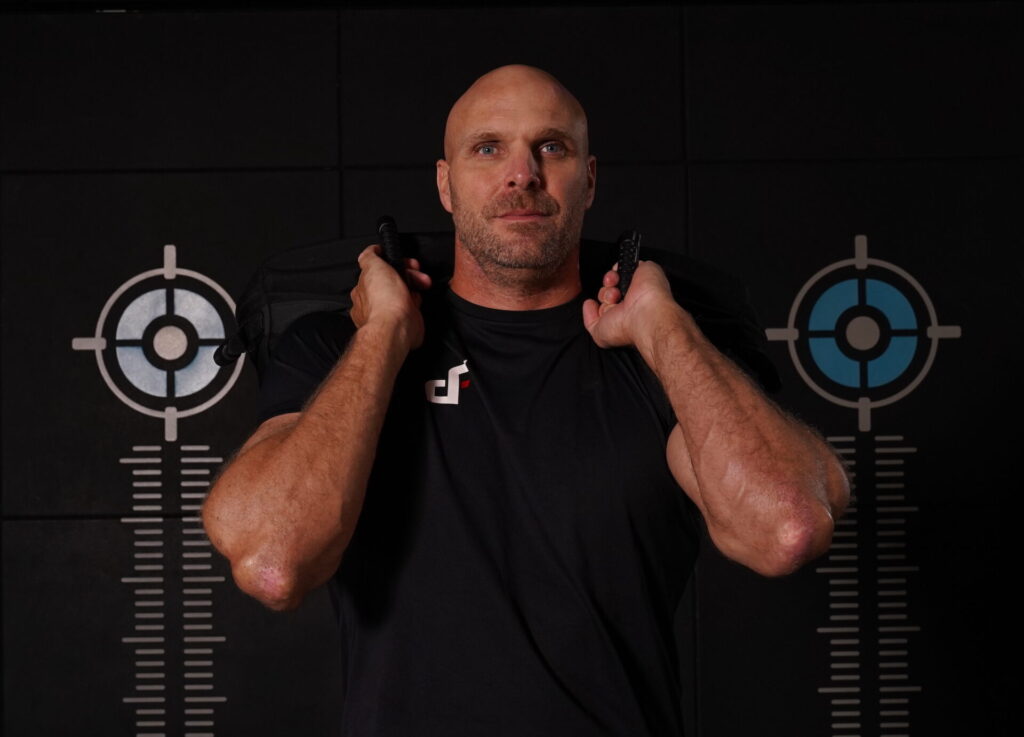
BEAR HUG

HEADLOCK
Hold the sandbag under one-arm on the side of your hip, the bag is unilaterally loaded which will really engage the core. If you’re using a heavy sandbag you might need your other arm for support. Keep your shoulders packed down, core tight and your shoulder blades squeezed together.

HANG
The hang position is often used as a starting position for many exercises. Hold the sandbag by the handles with your arms straight and the bag resting against the top of your quads. Keep your core braced tight, shoulders packed down, chest proud and your shoulder blades retracted.

OVERHEAD
Hold the sandbag overhead with your arms locked out, shoulders packed down and abs braced tight. This holding position is very challenging and excellent for developing strong shoulders. All these holding positions have unique benefits so try to incorporate as many of them as possible into your training program.
